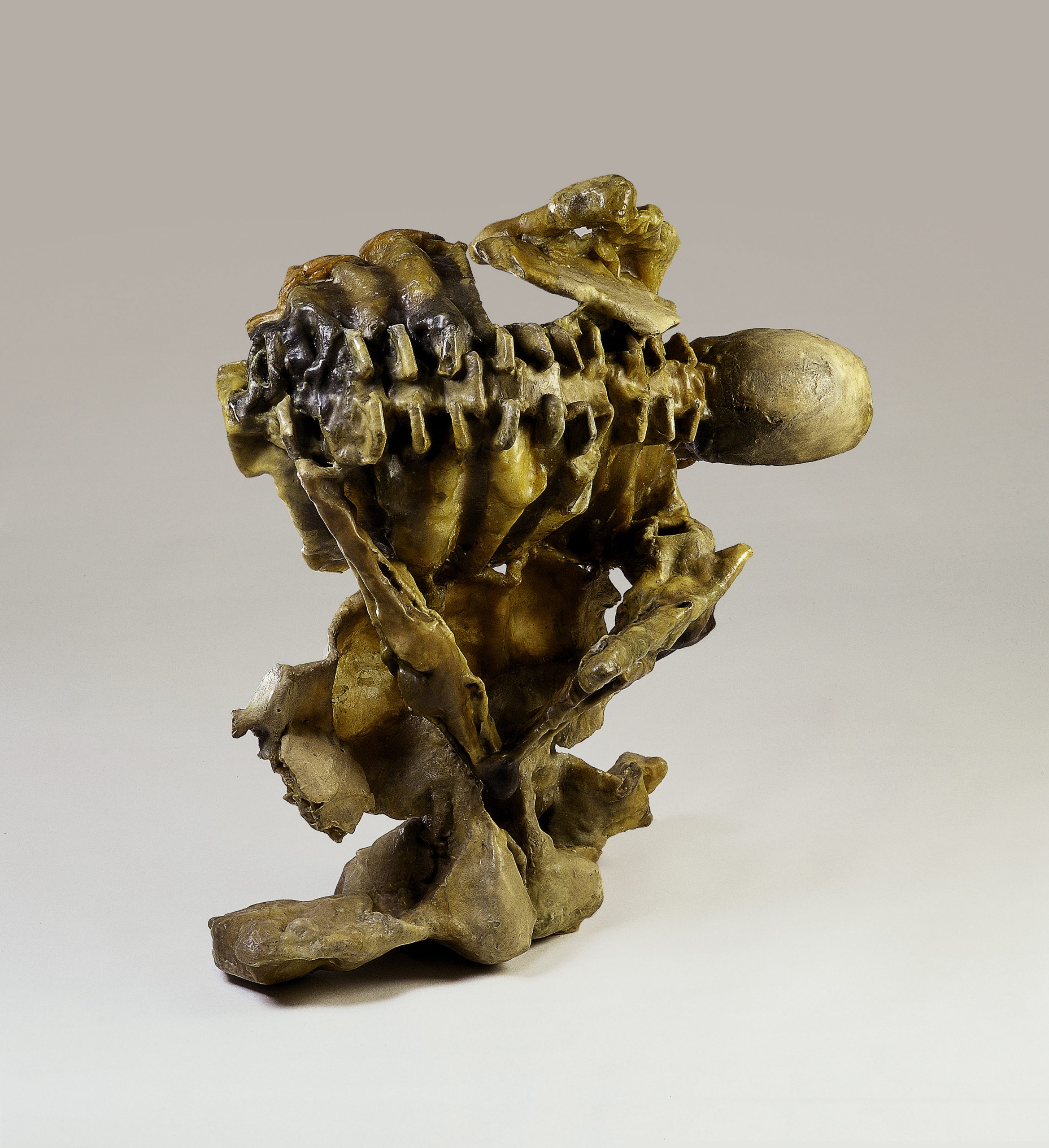He was born in Buenos Aires in 1941. He studied at the Manuel Belgrano National School of Fine Arts and in
a workshop coordinated by Juan Carlos Castagnino. In the mid-1960s he settled in Paris for two years,
where he worked as an assistant to Julio Le Parc and Antonio Berni. during the dictatorship military, created
a series of works with polyester that resembled tortured bodies and instruments of torture, the infamous
“grills”. Among other institutions, Gómez’s work enriches the collections of the National Museum of Fine
Arts (MNBA), the Museo Provincial of Fine Arts Emilio Pettoruti and the Museum of Contemporary Art of
Rosario. In the Park of Memory-Monument to the Victims of State Terrorism, one of his monumental works
stands in front of the Río de la Plata. In 1992, Gómez received the Guggenheim Fellowship and
In 1995 the Museum of Modern Art in Buenos Aires organized a retrospective exhibition of his work. In
2000, he presented a series of commemorative monuments (in bronze and polyester resin) that seemed to
allude to the mortuary aspects of power. In 2016, the MNBA dedicated a show in which he exhibited works
in wood and cardboard, some based on those he had done in the 1960s, and a series of new jobs. After an
expressionist period, and even risky works of denunciation for which he was recognized in the country and
the world, Gómez returned to the abstraction of his youth. In 2012 he was recognized with the Konex Prize
for Platinum. “Yes, I am a visual artist -he explained in an interview granted in 2018 upon receiving the
Grand Prize for Lifetime Achievement in 2018, awarded by the Secretary of Culture of the Nation. I consider
myself a shipowner, I am not a sculptor. To sculpt is to remove what is left over from chopping if it is stone
or to carve if it is wood. A modeler, a carver or an armorer are not the same. In the case of an artist, making
a synthesisis a mistake”.


 GOMEZ Norberto
GOMEZ Norberto